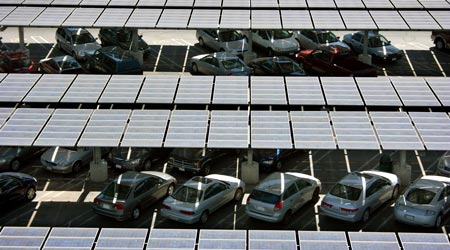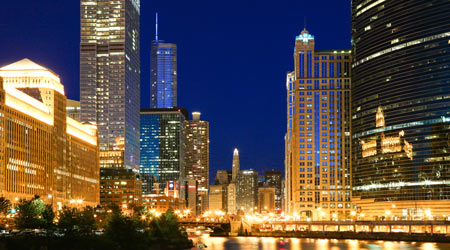
Solar Power, Passive Ventilation Can Help Buildings Reach Net Zero
September 28, 2016
Renewable energy is a critical component of a net zero energy use building. Photovoltaic (PV), or solar, panels are made up of multiple cells that convert light energy from the sun into usable direct current (DC), which an inverter then converts to alternating current that is distributed to power the building.
Solar panel manufacturers have increased PV efficiency. With this increase in available power generation, many arrays fit on rooftops or as structures over surrounding parking areas.
Even with these improvements, existing and proposed sites often have limitations on available space, specifically in urban environments. In these instances, one option is to consider developing and operating a solar farm on available land located at a distance. This approach allows urban consumers that may not have the available square footage for a photovoltaic system on site to still develop a zero net energy building, by pushing enough power back into the grid to counterbalance the demands of their specific facility.
There are other ways in which location enters into considerations for net zero energy buildings. Average or expected climatic conditions can have a significant impact on zero net energy calculations. It’s critical not only to be aware of local temperatures and seasonal shifts, but to capitalize on them. For example, in areas of the United States, there are many hours of the year when certain types of buildings can be cooled with passive ventilation, using outdoor air to condition a space without mechanical equipment. Operable louvers can often bring in adequate amounts of outside air. Close coordination between the architect and engineer can facilitate paths for passive air movement. When employing this approach, one significant consideration is air quality. Passive ventilation brings in large quantities of unfiltered air, so if a building is located in an area of poor air quality, passive ventilation may not be an appropriate option.
This quick read is from R. Stephen Spinazzola, RMF Engineering, Craig E. Pullyblank, KCI Technologies, and Gregory M. Tinkler, KCI Technologies. Read more from them about net zero energy buildings.
Next
Read next on FacilitiesNet












